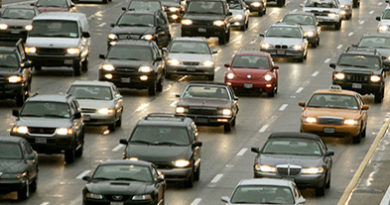Drinking and Driving Among Teenagers: Get To Know The Facts!
Drinking and driving is a major issue in this country. While you need to be 21 to legally drink, that does not mean that teenagers are not out there drinking with their friends. Because of that, teen drinking and driving is an issue in this country too. Because of that, we take a look at some teen drunk driving facts here!

A Societal Issue
When you look at drinking and driving facts as a society, it is crazy. According to the National Highway Traffic Safety Administration, almost 29 people die every day in the United States in alcohol-impaired vehicle crashes. That means, in 2016, one person was killed from drinking and driving accidents every 50 minutes! And it is not cheap either, as these deaths and damages contributed to a cost of $44B per year.
Teen Drinking and Driving Facts
Like I stated, drinking and driving does not only affect those legally able to buy and drink alcohol. MADD has provided some stats and facts to prove that point:
- Teen alcohol use kills 4,300 people each year.
- About one in seven teenagers binge drinks.
- Car crashes are the #1 cause of death for teens.
- About 25% of those car crashes with teens involved an underage drinking driver.
- 74% of the young DUI drivers involved in fatal accidents were unrestrained at the point of impact.
The Effects of Drinking While Driving For Teens
Teenagers are inexperienced drivers. Because of that, they need all of their attention and focus on the road. That is the case when thinking of the dangers of texting while driving for teens, but also for drunk driving. So, what effect does alcohol have on a teenager’s body? SADD stated:
- Slow reaction time
- Alteration of depth perception
- Hyperactivity from a high
- Reduction of peripheral vision
- Confusion
- Drowsiness
- Lack of awareness of surroundings
A Higher Risk
This one shocked me. SADD stated that young drivers are less likely to drive after drinking alcohol than adults are. However, their risk of crashing is much higher than adults. So, they are less likely to drive after drinking, but when they do, they are at a higher risk of getting into an accident. Their inexperience as new drivers factors into this equation.





You must log in to post a comment.